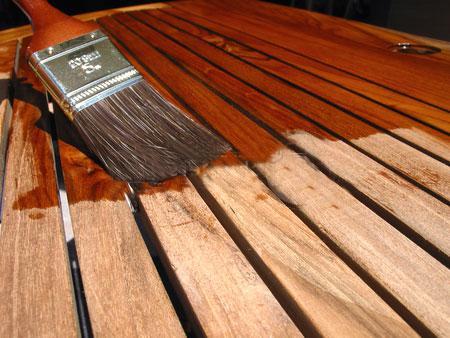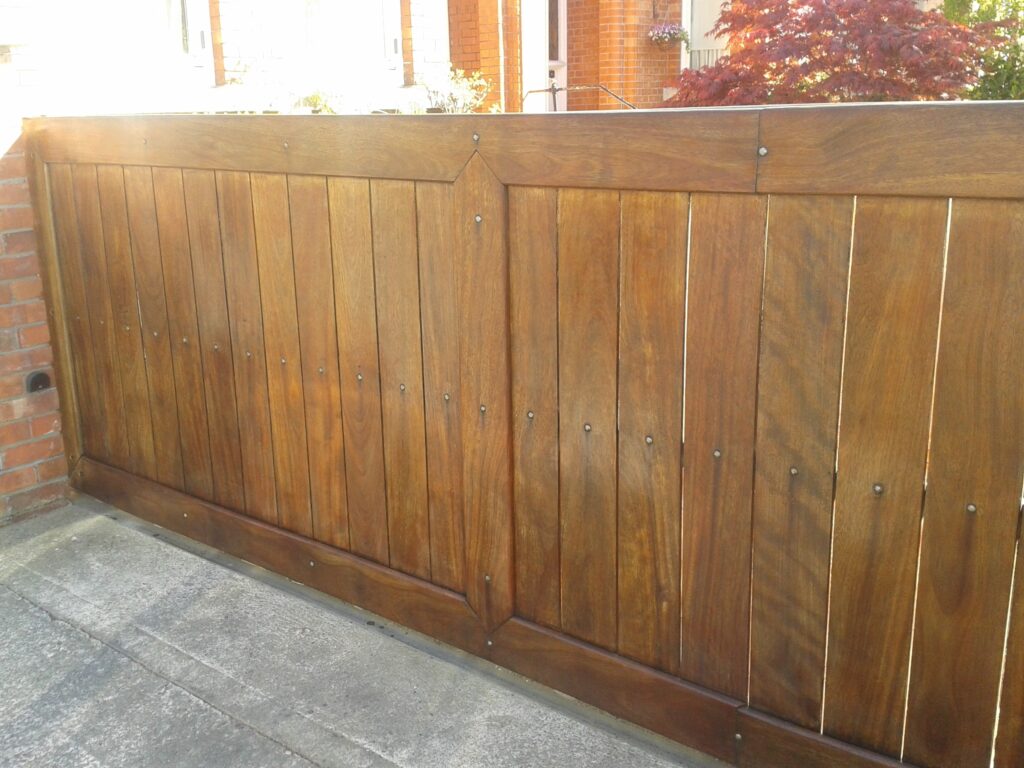Types of varnish – Its Advantaged & Disadvantages
Different Types of varnish is use in different construction areas. The varnish is a clear, strong, and translucent substance, and it has a safe surface layer in almost the similar manner that paints do. It causes the actual layer to be viewed at about a similar period and then apply a shiny finish. And these varnishes have similar ingredients to paints.

The varnish is transparent, protective finish, hard, or film preliminary; it is used in wood finishing and many more materials. It is traditionally the combination of drying oil, solvent or thinner, and resin. The finishers of varnish are basically glossy, but it is designed to produce semi-gloss sheens or stains by the addition of “flatting agents.
Types of varnish
- Spirit varnish
- Acrylic varnish
- Exterior varnish
- polyurethane varnish
Spirit varnish
This type of varnish in which spirit is used as a solvent is called a spirit of french polish.
The spirit type of varnish provides a translucent finish, thus showing the grain of the timber.
And these, however, do not weather well, and these are used for polishing woodwork not exposed to weather
Acrylic varnish
The acrylic varnish is quick-dry and non-toxic water-based varnishes, which have well resistance against ultraviolet rays. As a result, they can be used inside and outside surfaces exposed to sunlight.
They can be used on material other than woods, so they are more versatile than other varnishes, and they are clear and highly transparent and do not tend to penetrate the woods, such as other varnishes.

Being the water base, we can clean it up with the help of water and make it friendly to users, but so many times, they do not spread as uniformly as other varnishes.
And they are available in matt finish, sheen, and satin.
Exterior varnish
This type of varnish has been specially formulated to use the outside surface and be exposed to the weather.
Exterior varnish has added ultraviolet ray protection so that the wood beneath the layer of varnish is protected.
The exterior varnishes are often microporous, which allows the wood to breathe and has an added fungicide to prevent the growth of fungi and termite.
The exterior varnish is likely comparable in performance and formulation to the yacht varnish being relatively flexible. Still, it is slow to cure even if it is touch dry relatively quickly.

Polyurethane varnish
The polyurethane varnish provides a really hard surface and is often used for floors and areas that will get a lot of wear and tear.
Polyurethane is also heat resistant, and it will provide a clear and tough finish, and it’s valuable in gloss satin and matt finishes.
Advantages of varnish
- It is a simple application.
- Varnish is cheap to buy.
- It is enabled at one degree of brightness.
- Varnish is a simple application.
- It provides a bright finish.
- Very simple to identify.
- It gives more molecular stability.
- The painted surface is decorated to up the paint quality and maximize the longevity of the paint film.
- The varnish provides a higher connection of resin.
Disadvantages of varnish
- Varnish is not robust, so it is not flood-resistant.
- It has a clear and bad scent.
- We need to wear a mask.
- More resistant than urethane varnish.
- It turns yellow in time.
- Varnish is enabled to contain up to 450g of VOC/L.
- Toxic and determined to our well-being required the move of citizens.
